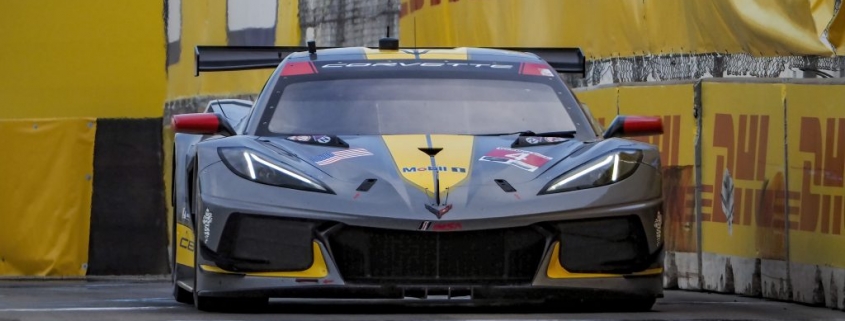You Don’t Have to be a Race Car Driver to Race on a Track
If you’re a racecar fanatic, you may have dreamt about what it would be like to sit behind the wheel of a bonafide racecar. But, that isn’t a realistic career choice for most people, and the lifestyle of a race car driver can be pretty intense. But, you don’t have to be a true race car driver to enjoy a track experience. Around the US, there are several tracks that will allow you to drive your own car — with some restrictions — whether it be a drag strip or a circular track, and you don’t have to be a professional race car driver to participate.
What type of cars can you have on a public track?
Obviously, you need to have a sports car, but some venues offer classes or learning experiences that allow you to rent a car from them and learn to drive with it. Some manufacturers even offer the opportunity to take a racing experience course with the track-focused versions of their car, like the BMW M4 GT4 Experience at the BMW Performance Center.
The vehicle requirements for each track can vary depending on how rigorous the track is or what the focus of the track is. The main goal of most track regulations is to ensure the safety of all participants but also to ensure that the vehicles themselves will not damage the track. Some tracks that focus on off-road racing are also available and accept vehicles such as ATVs, side-by-sides, SUVs, and some pickup trucks.
Do you have to modify your street car to take it to the race track?

Most street-focused cars need a few modifications to perform safely on the track. Roll cages and harnesses aren’t a requirement everywhere you go, but they can definitely help ensure you have the safest track experience possible. Many tracks will require basic safety equipment for the driver, which can range from a helmet and racing gloves to a full fire-proof, track-approved bodysuit. Sometimes this equipment can be rented from the track directly
It isn’t a bad idea to invest in a good set of racing tires, which are ultra-high performance tires with a lower lifespan or slicks. Your more standard street tires aren’t always performance-oriented and may not give you the traction, handling, or braking that is necessary for the sport.
Does my insurance policy cover track days?
Check your insurance policy — most policies don’t cover any damage done to your car as a result of track racing participation. Some policies allow you the opportunity to add on this coverage long-term, and some policies will offer you the chance to pay for just a day of track coverage.
Having track insurance, whether for a day or more long-term, is incredibly important, as it covers not only damage to your vehicle but also damages to other vehicles on the track, damage to the track itself, and, of course, any medical or emergency coverage in case of an accident. Track coverage can vary greatly by price, but it is essential to ensure your participation in a track day won’t cost you big time down the road.
Driving your vehicle or a rented vehicle on a track can be a lot of fun, and it can also be a great way to enjoy motorsports without becoming a professional or investing the time, money, and energy it takes to join a more public circuit. According to Thrillest, if you’re interested in racing your vehicle, there are several tracks all over the United States that allow for private track days or even offer courses to really get a handle on what it’s like to be a refined race car driver.
RELATED: Going to the Track? 10 Tips to Help You Race Like a Pro
The post You Don’t Have to be a Race Car Driver to Race on a Track appeared first on MotorBiscuit.










